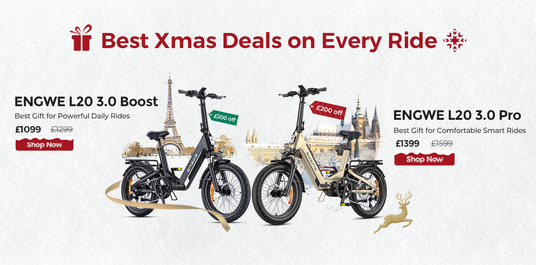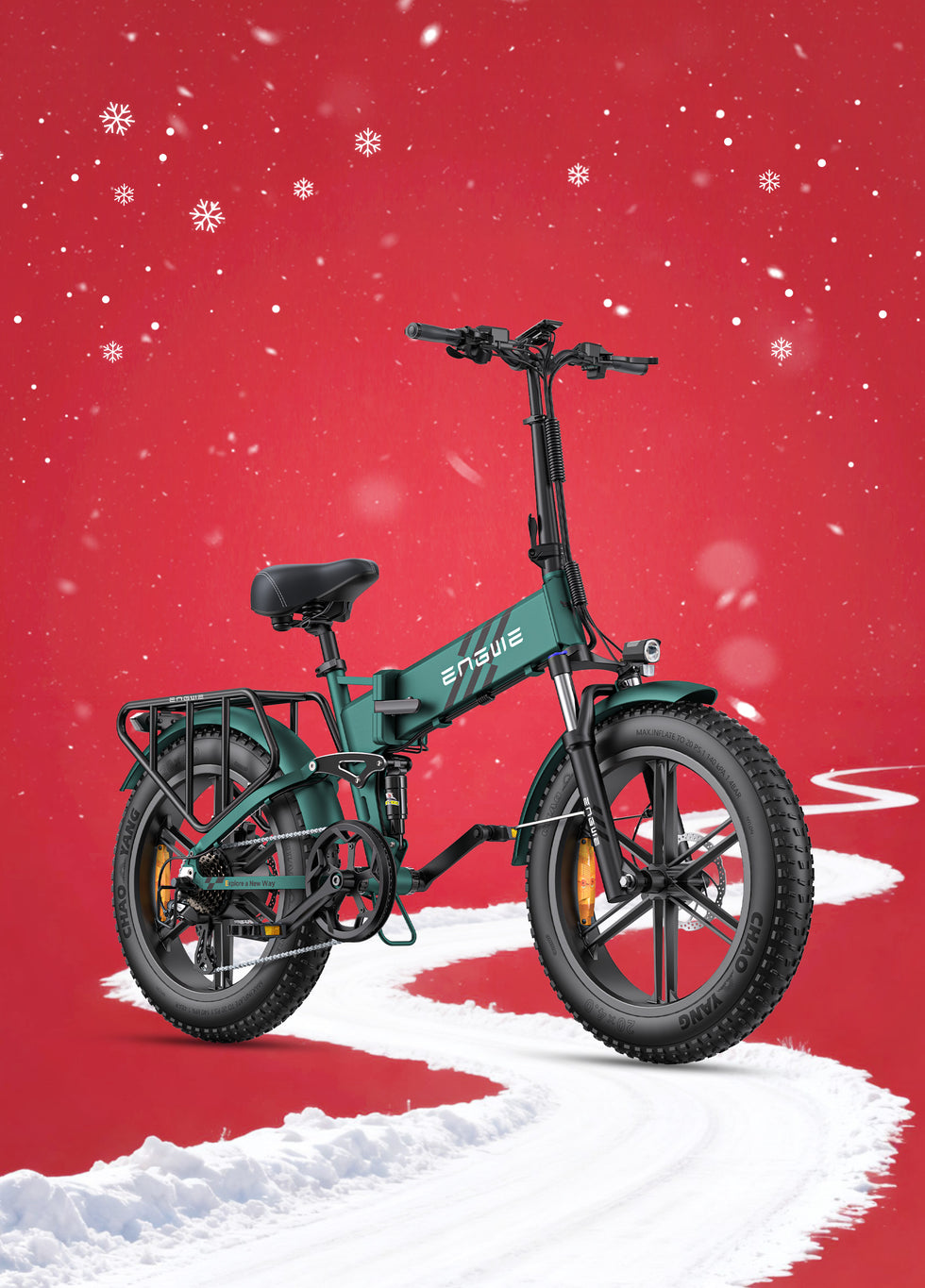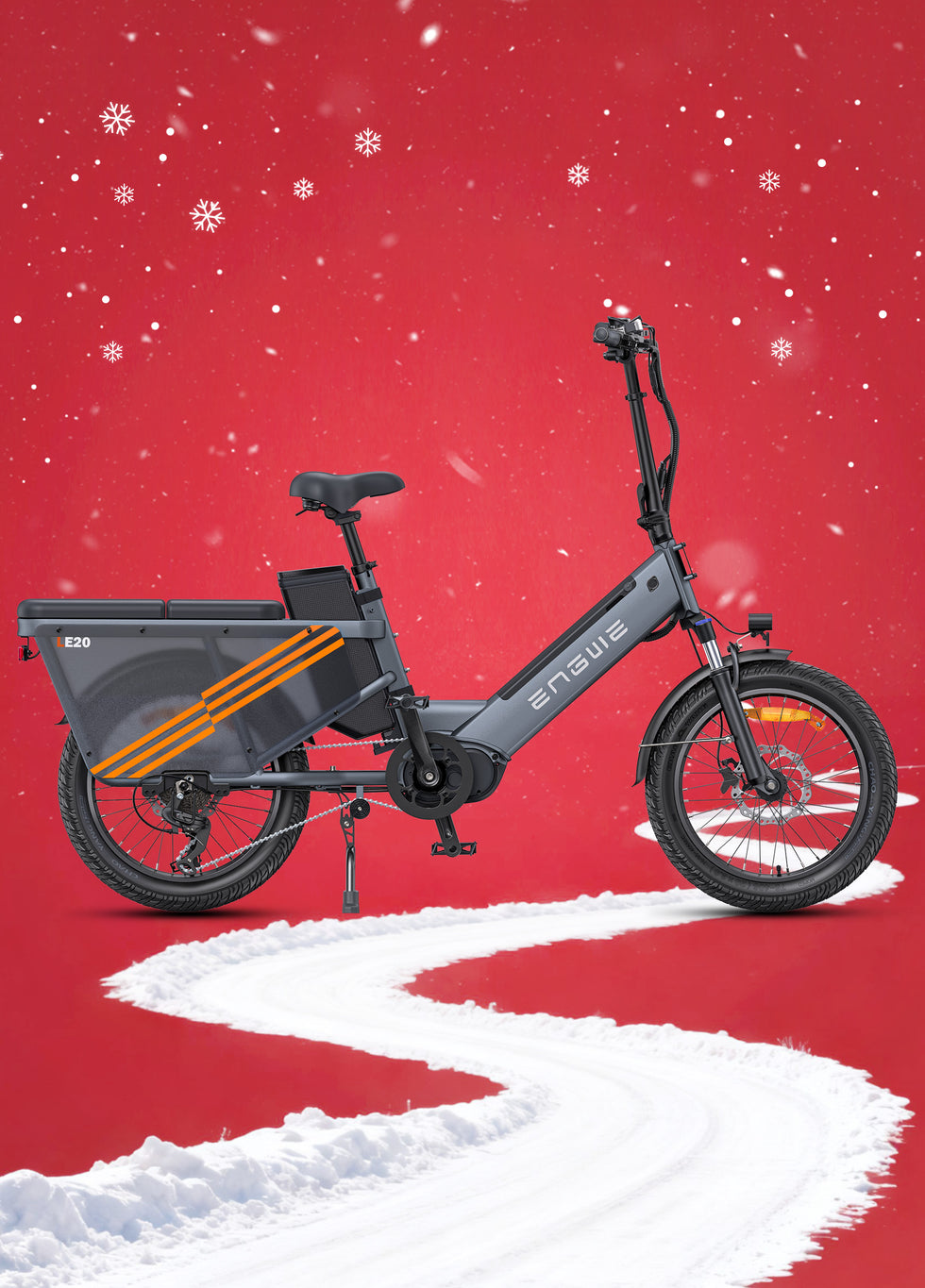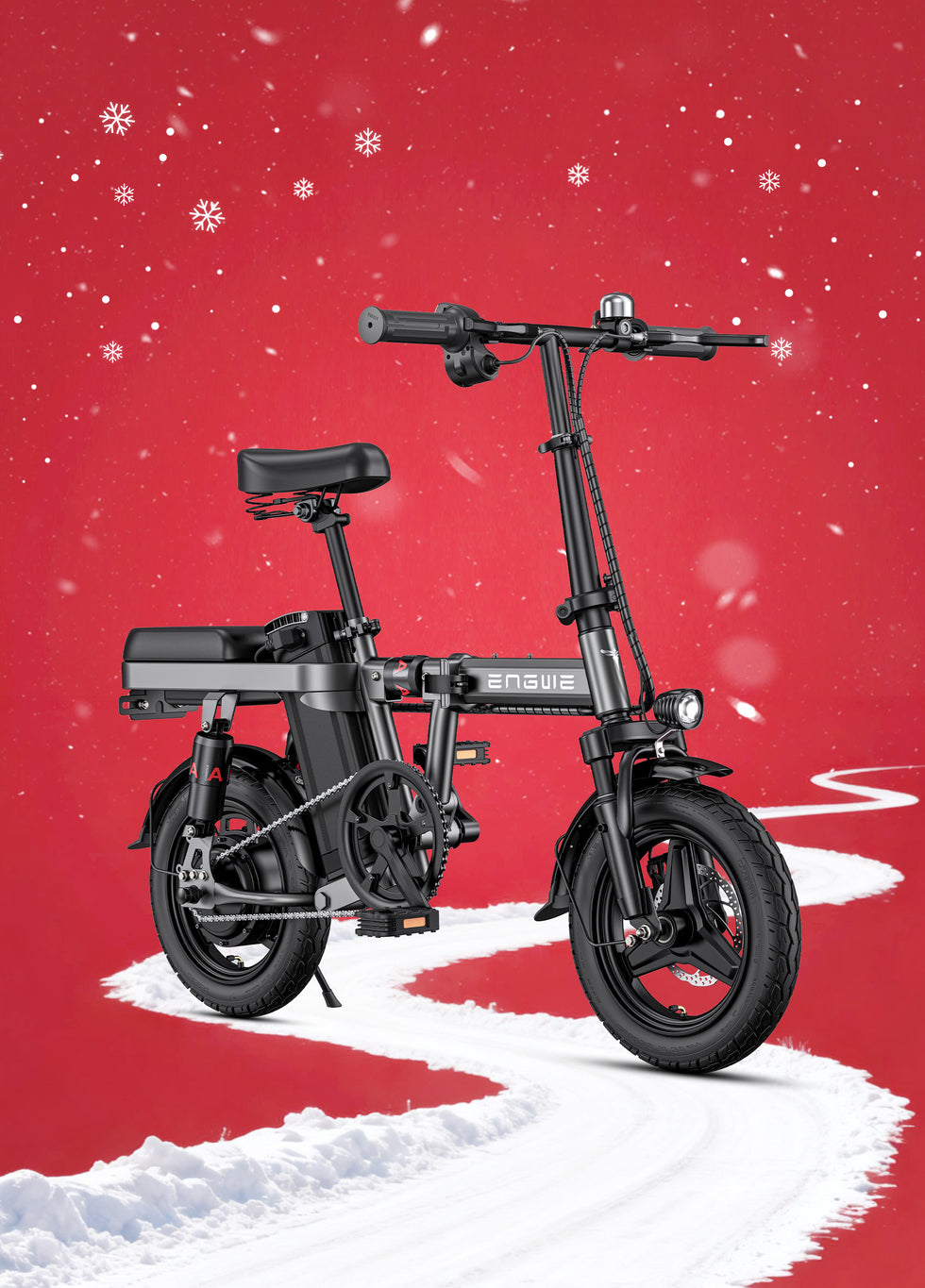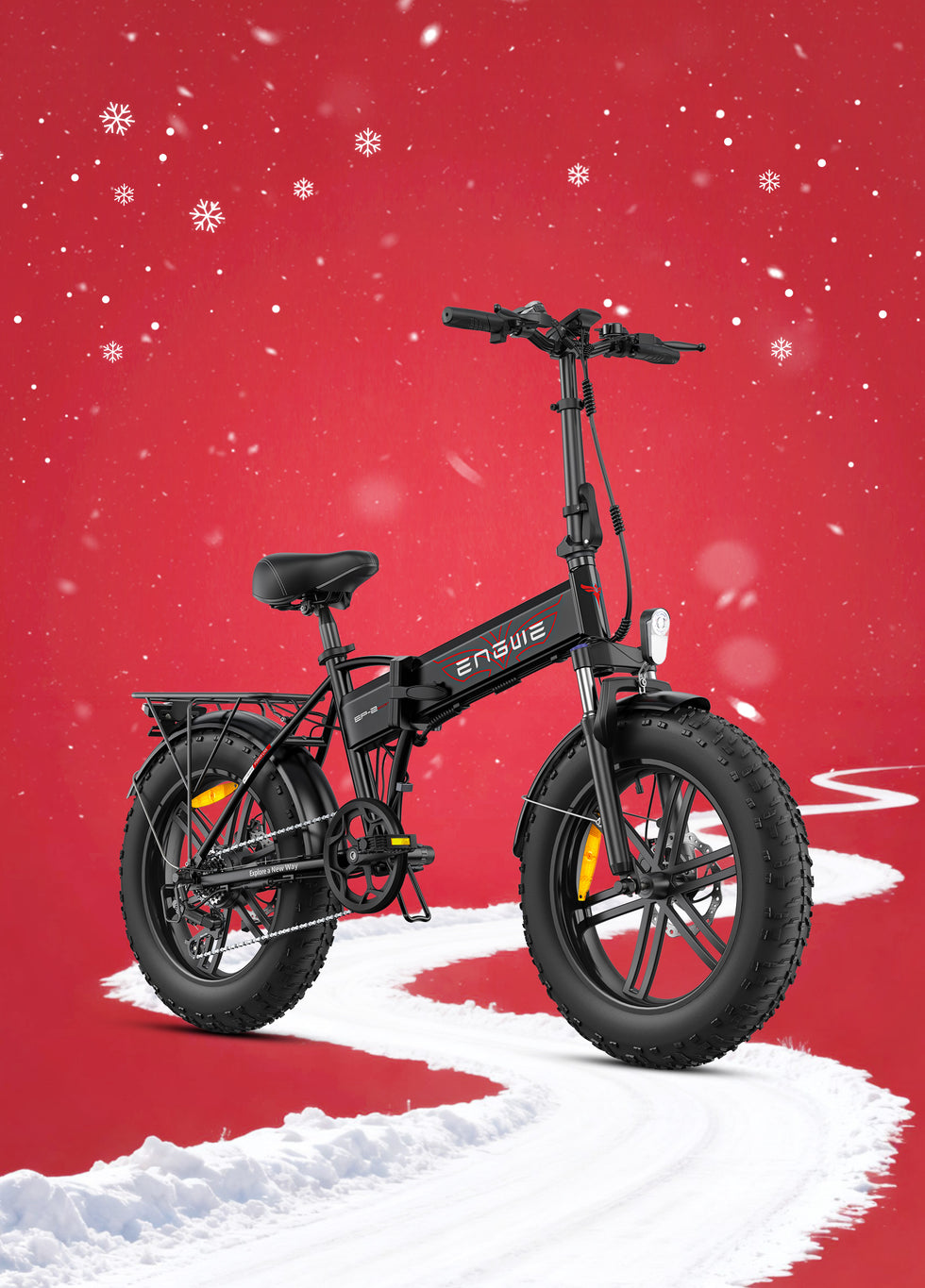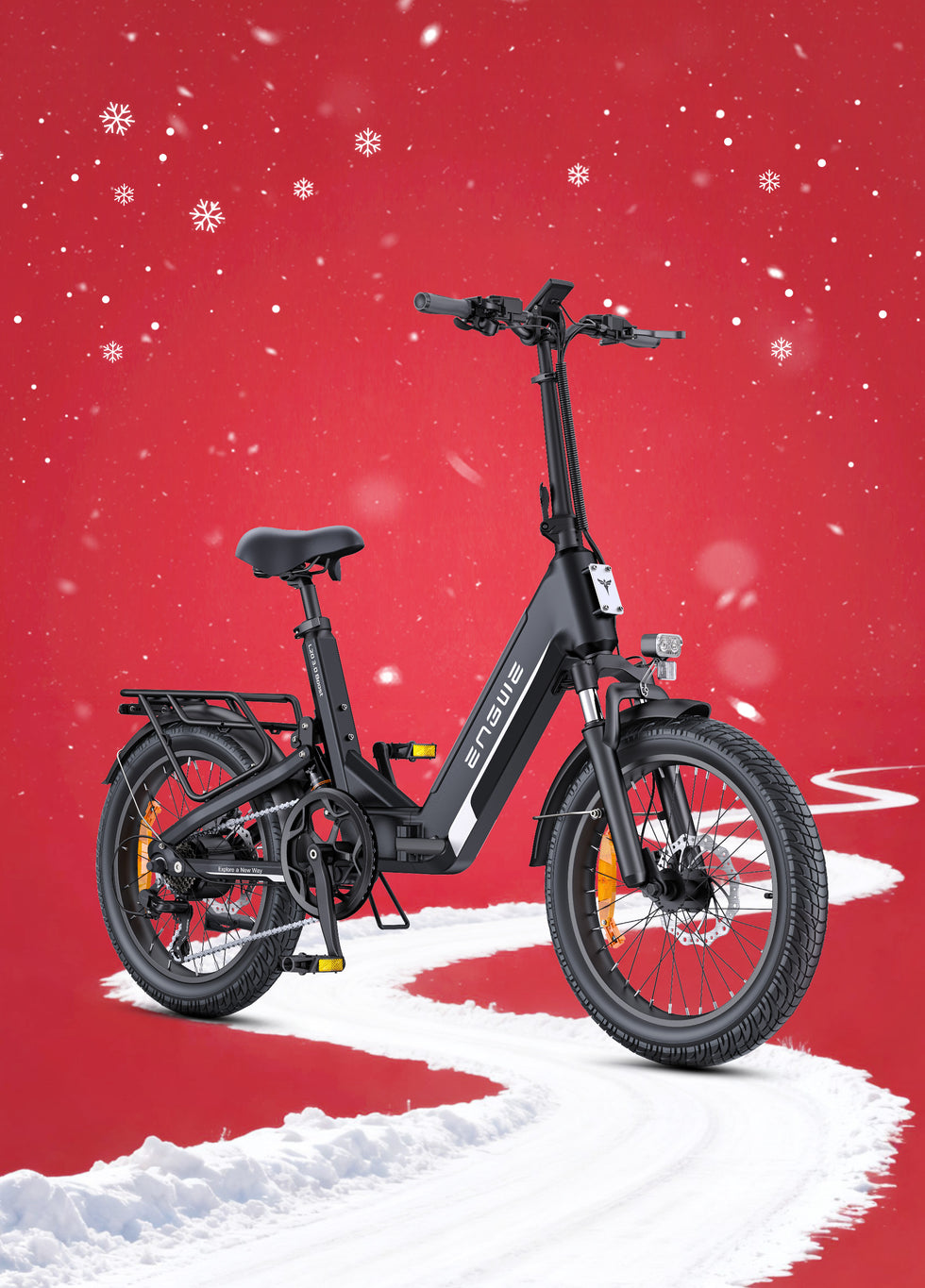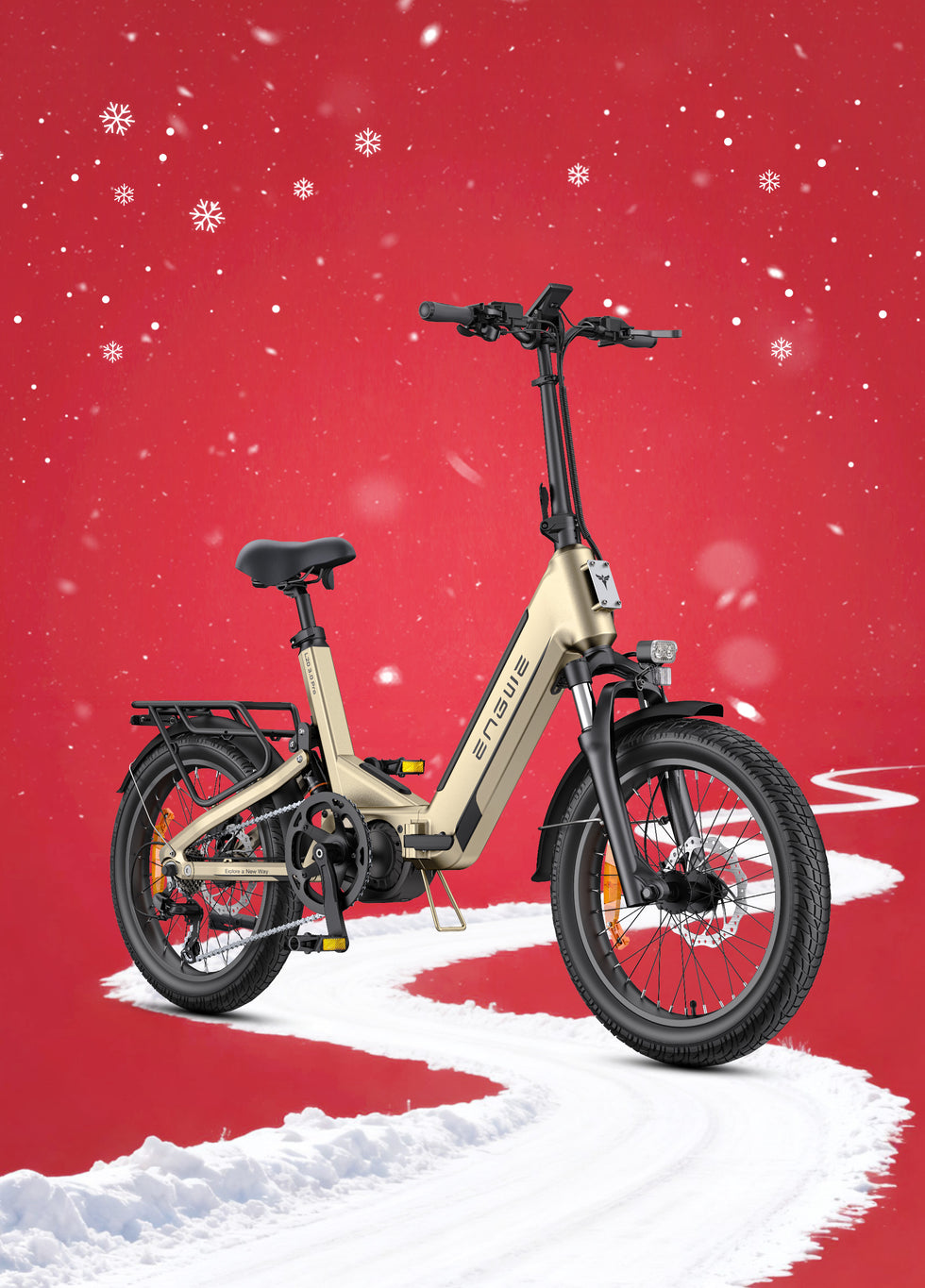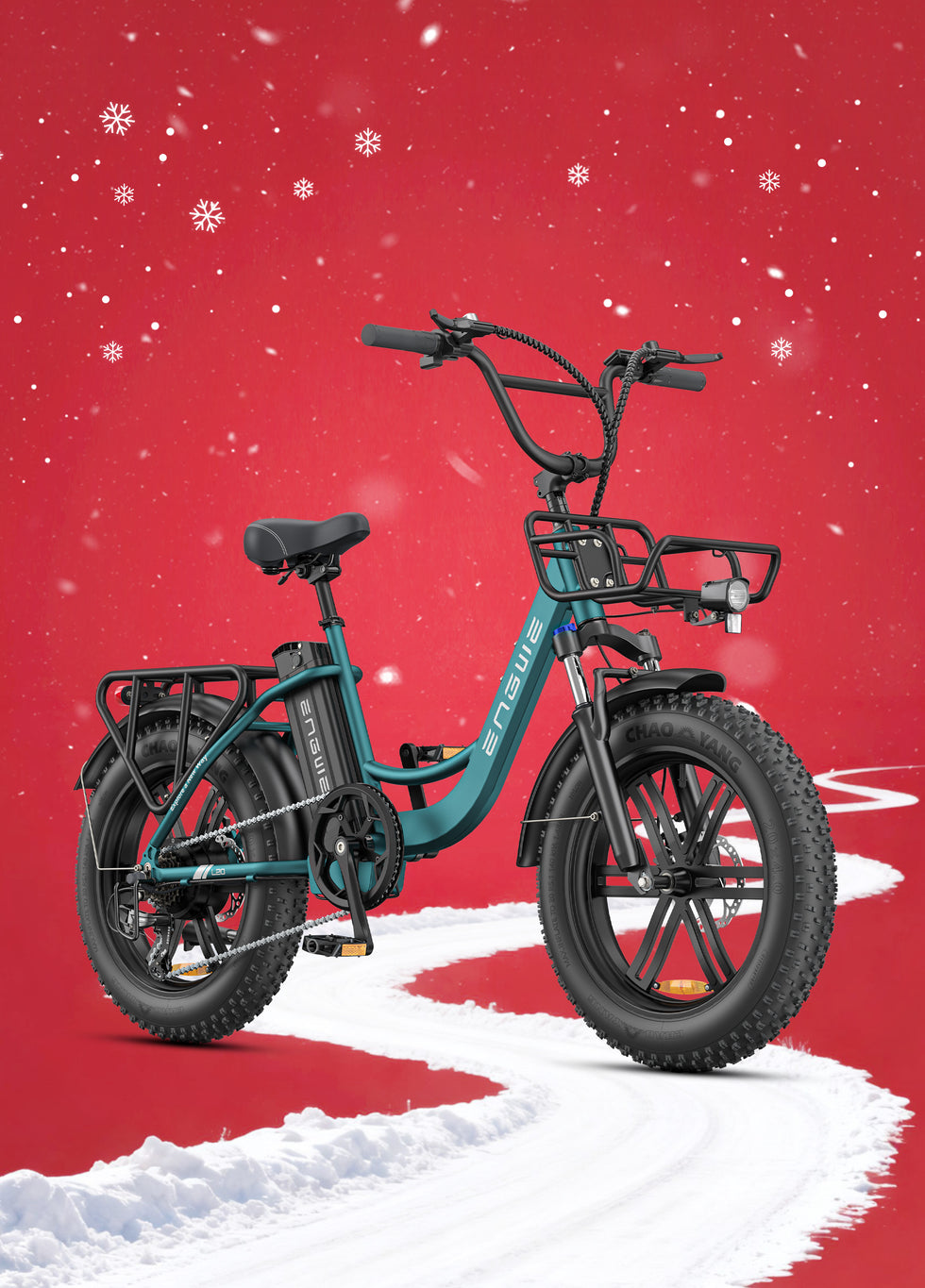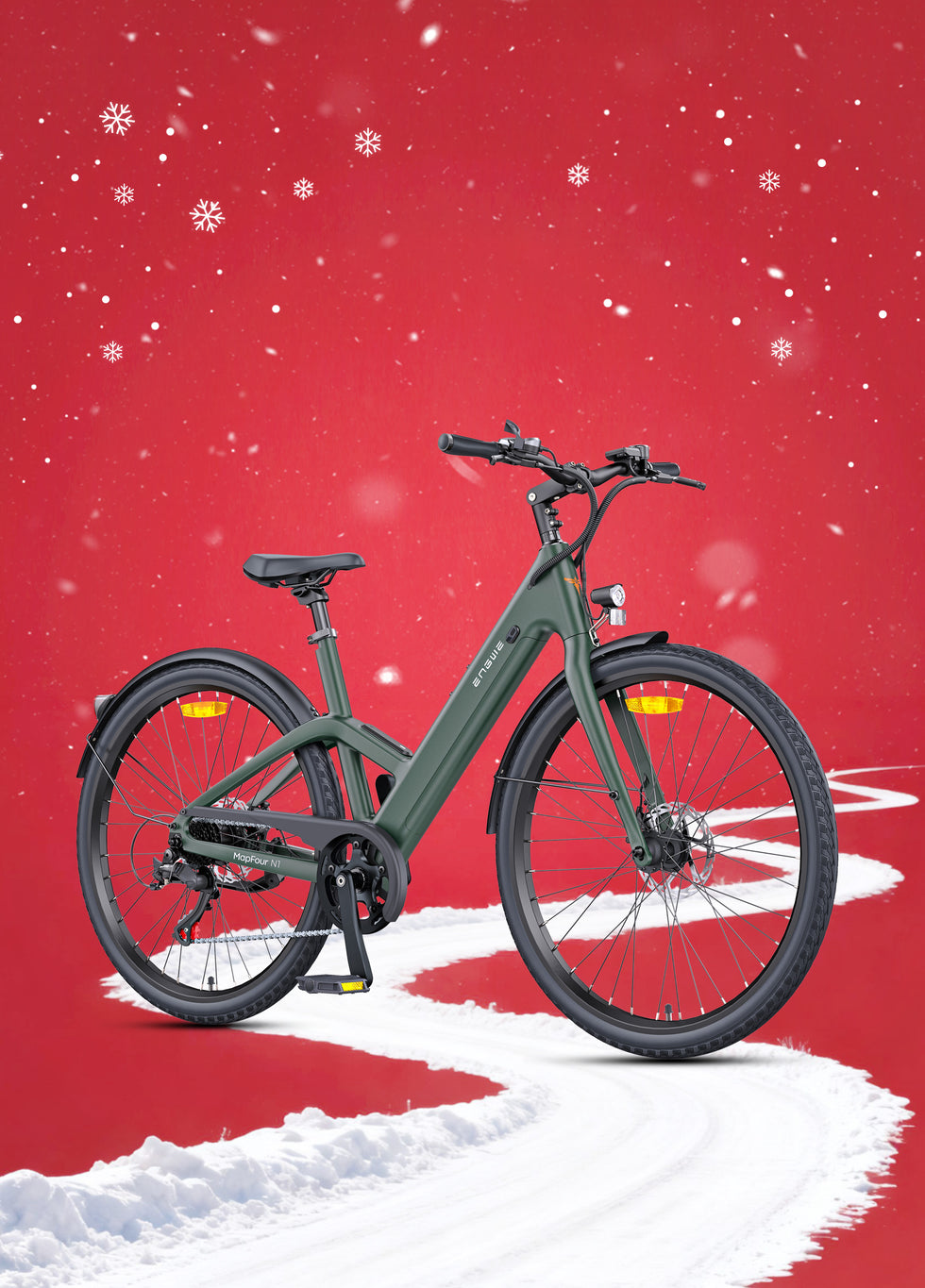The quest for the ideal e-bike can be a bewildering one, but when your mind extends from the Monday morning commute to an impromptu weekend foray around a canal towpath, one category often has your back – the trekking e-bike. It’s freedom to decide, perhaps on a more interesting route, what you’d like to take with you, and to arrive feeling refreshed, not exhausted. If you are in the market for a machine that strikes a balance between practicality and the spirit of adventure, then you are in the right place. This guide aims to be free from that irrelevance, featuring just the things that matter, so you can go out there and find the best co-traveller for your adventures.
Get to Know the Trekking E-Bike: Your Complete Travelling Comrade
So, what makes a trekking e-bike different from the dozens of other e-bikes out there? Call it the premier all-rounder. It’s not as aggressive as a full-suspension mountain bike, nor as speed-focused as a featherweight electric road bike. Instead, it takes the best from a little bit of everything to form an all-conquering machine. A good trekking e-bike will provide a long-distance-friendly upright riding position, but be strong enough to cope with less-than-smooth surfaces such as gravel tracks, park paths and potholed country lanes. The design is practical to its core and usually comes standard fitted with things like mudguards, lights and a rear rack for panniers or a delivery box. Essentially it is the bike that you’d say ‘yes’ to going anywhere on — a trip to the shop, a tour of the Peak District, or the Caymans with no bikini.
Features to Look for in Your Perfect Trekking E-Bike
As you start costing models in, there are some things you just won’t be willing to compromise on for a great experience. Knowing this can help you make a smart decision.
Motor
For UK roads and paths you want a motor that’s legally constrained to no more than 250W of continuous power and assistance that ceases when the speed is 25 km/h, but don’t just focus on the wattage; seek out torque, presented in figures of Newton-metres (Nm). More torque equals stronger acceleration, and, perhaps importantly, more help going up steep hills.
Battery
An important factor in range is capacity, which is rated in Ah (Amp hours) or Wh (Watt hours) for batteries. More capacity, more miles between charges. Seek out a model with a removable battery—it offers massive practical advantages for indoor charging and for security.
Mechanicals
Alright, forget about the electrics for a moment and think about the mechanicals. Hydraulic or mechanical disc brakes ensure excellent operating safety, and can stop you in all weathers. A decent spread of gears, which is usually from a reputable brand such as Shimano, will enable you to pedal efficiently even if the battery dies. Last but not least, front suspension forks make all the difference in the world when it comes to comfort; they help absorb the vibrations caused by potholes and uneven trails which will ensure you have a smooth and enjoyable ride every time.

Our Best Pick: ENGWE EP-2 Boost
If you’re after one electric bike to represent the trekking attitude and then throw in a modern twist of innovation and strength, the ENGWE EP-2 Boost is one of the first you’re going to want to take for a spin. It's the best of both worlds: a rugged off-road capable adventure vehicle and a comfortable, capable everyday driver. Central to that is a 250W brushless motor that is street legal but the real wizardry is found in a 55Nm of torque rating and a one-of-a-kind Boost button. Push it and you get an immediate surge of power, and even the most daunting of British hills seem a doddle to climb. This is further enhanced by a clever torque sensor that ensures an ultra-smooth and natural riding experience (the motor will precisely match your pedalling effort); it's not punchy or jolting like some cheaper mid-drives. And it is designed to go anywhere, with chunky 20 x 4.0 fat tyres and tough one-piece wheels providing great grip, whatever the terrain, whether you are riding on smooth city roads or taking a shortcut along a gravel track or dirt path. Its large and easily removable 48V 13Ah battery offers an impressive range of up to 120km in its most efficient setting, providing peace of mind that range anxiety is a thing of the past. Practicality is built in with powerful 180mm front and rear disc brakes, 7-speed Shimano transmission, front suspension and the finishing kit includes a solid rear rack and mudguards. The stand-out factor that many people would now appreciate would be its space-saving design; it is fairly sturdily built and doubles as a fully foldable model, therefore storing it flat, in your boot, or on public transport would be no issue at all. The ENGWE EP-2 Boost isn't just a touring e-bike - it's a...

| Feature | Specification |
|---|---|
| Motor | 250W Brushless |
| Torque | 55 Nm |
| Battery | 48V 13Ah (Removable) |
| Max Range | 120 km (assisted) |
| Tyres | 20 x 4.0-inch Fat Tyres |
| Brakes | 180mm Front & Rear Disc Brakes |
| Gears | Shimano 7-Speed |
| Suspension | Front Suspension Fork |
| Key Feature | Foldable Frame, Boost Button |
Selecting the Right Fit: A Guide to Choosing Your E-Bike
There is not a one-size-fits-all best e-trekking bike; it is the one that is a perfect fit for each individual's demanding needs. Before you commit to a purchase, ask yourself a few crucial questions about your individual lifestyle and needs.
Where will you ride?
First off, where will you be doing most of your riding? A conventional trekking tyre is all you need if your rides will be mostly on tarmac with an occasional turn onto a well-worn path. But if you’re going to be hitting more challenging surfaces such as wet bridleways or sandy tracks, equipment with fatter, gnarlier tyres will give you an awful lot more grip and confidence.
How far will you ride?
Secondly, how long are your trips normally? Be honest with yourself about how far you ride to work every day or the general distance of your weekend pleasure rides and then select a battery size that leaves you a bit of a cushion so you don’t stress the entire time you’re out of cover from juice.
Storage and Transport
Third, consider storage and transport. Do you have a locked garage, or are you living in a space-starved apartment? If you plan on carrying the bike up steps, or putting it in a car, the weight and size of the bike suddenly become very important, so something that folds up may suit better.
What will you carry?
What will you be taking with you? If you will be commuting with the weekly shop or work gear then make sure the rear rack can handle the weight for what you intend to carry.

Essential E-Trekking Knowledge
Other Than the Bike – What You Need for E-Trekking
Owning a trekking e-bike can provide unbelievable freedom, but there are a few practicalities to remember.
E-bike law in the UK
If your e-bike (Electrically Assisted Pedal Cycle - EAPC) meets the following requirements, you will not require a licence, vehicle tax, or the use of L plates while riding it in the UK: Your e-bike must conform to the legal requirements of 250W motor output and assistance up to 25 km/h. It’s never a bad idea to consider upgrading to a new, high-quality lock—or two, in order to keep your new bike from getting stolen.
Maintenance
Regular upkeep can have your bike running well for years. This will mean frequent checks of your tyre pressure, a clean and well-lubed chain, and regular inspection of your brake pads for wear. For the electrical elements, in general all that is needed is to take care of the battery: don’t let it run out completely for too long and store it away in a dry place at room temperature.
Safety
Finally, always prioritise safety. A good-quality helmet is a must, along with bright, visible clothing and powerful lights to help you be seen by other road users, especially during dawn, dusk or in the typically overcast British conditions.
Find your electric trekking bike today and experience a new dimension of adventure and day-to-day ease.
E-Trekking Bike FAQs
1. How long can I really ride on one charge?
The actual range, commonly advertised with "up to 120 km range", is usually determined under ideal conditions. Your actual range will be guided by a number of considerations. The distance you can go will be less if you are riding steep hills, riding with a higher level of assist, carrying a load, riding into a headwind, or it is colder. As a rule of thumb, expect 60%-80% of the peak advertised range in real-world, mixed riding.
2. Do I need a licence or insurance for an e-trekking bike in the UK?
No. As long as the bike complies with EAPC (Electrically Assisted Pedal Cycles) regulations, the rider is treated as a normal cyclist. The main rules are that the motor can be no more than 250 watts of maximum continuous rated power and the assistance cuts out once a rider reaches 15.5 mph (25 km/h). To take one out onto the public road you need to be older than 14. You don't need a license, vehicle tax or insurance.
3. Is an e-trekking bike heavy and ungainly to handle?
E-trekking bikes weigh more than regular bikes because they also have a motor, battery, and typically a heavier frame. Weights range between 20 to 30 kg. The model we tested felt fairly heavy on its own as well, but once you’re riding, for the most part, you don’t even notice it. The help of the motor is so good that it more than offsets the fact that there's extra weight, meaning acceleration and hill climbing are more enjoyable and less back-breaking. The extra weight can also make the bike feel stickier and more planted on the road surface.
4. What is maintenance like for an e-trekking bike?
Maintenance is about the same as a regular bike. You'll have to do regular checks for tyre pressure, brakes and chain lube. The primary difference is battery maintenance. Deep, fast discharging and high temperatures lead to a shorter battery life, so you should avoid deep, fast discharge cycles, and high temperatures. You should also avoid storing your battery at high temperatures. If you are not using it for several days, store it with a 30-80 percent charge and avoid leaving it fully charged for long periods. The electricals are all sealed and there’s nothing for the user to maintain, but you’d want a service at least once a year.
5. Is it okay to use my e-trekking bike in the rain?
Yes, absolutely. E-trekking bikes are made for everyday use and are as practical and robust as you would like. The motor, battery and controller are stored in weatherproof casings, sheltered from rain and spray kicked up by the road. So you can ride confidently in wet conditions. But they’re not meant to go completely underwater, so you may want to steer clear of deep floodwater. Do not use a high-pressure jet wash to wash your e-bike, as water can be forced past the seals and cause serious damage.
